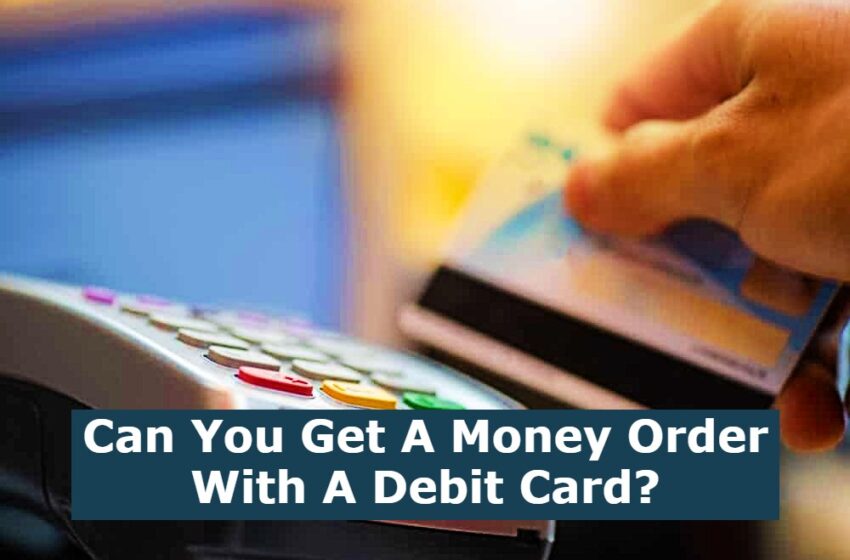
Can You Get A Money Order With A Debit Card?
If you’ve been looking to buy a money order, but not sure whether you should use a credit card or a debit card, you’re not alone. There are several reasons why you may want to consider using a debit card. The main reason is that most debit cards offer more security than a credit card. This is especially true if you’re planning to use the money order for something like paying bills or making purchases. However, there are some risks that you should be aware of. These include fraud and scams, as well as the fact that you could lose money.
Prepaid
Prepaid money orders are a good alternative to cash. They are also a safe way to send money. If you are considering purchasing one, there are a few things you should know.
Money orders are similar to checks but are better at protecting you from fraud. This is because they are written to a specific person, and they must be signed by both parties. There is a small fee for this service.
In terms of security, money orders are better than cash because they cannot be stolen. Unlike checks, they are not printed on your credit card. Also, they are not easy to counterfeit. You can purchase a prepaid card from a retail store or you can get a prepaid card online.
The best prepaid card is the BlueBird by American Express. It is one of the most reputable financial institutions in the market today.
Cashier’s checks
There are two common ways to pay for purchases: with cash or a check. Cashier’s checks are an easy and reliable way to make a payment. They come with added security features to protect your money.
The best way to get cashier’s checks is to go to a financial institution. This is usually a bank or credit union. You can also order them online.
Money orders are another popular payment method. These can be purchased at retail stores, post offices, and banks.
Buying a money order is a more affordable option than a cashier’s check. However, you should be aware that they do have limits. Domestic money orders typically have a limit of $1,000. International money orders may have a limit of $700.
If you are using a money order, you should keep your receipt and statement. It is easier to replace a money order if you have a record of the purchase.
Scams
When you receive a money order, it is important to check for fraud. If you suspect that the money order is fake, you can cancel the payment. However, this process can be expensive.
There are several different schemes that use bogus money orders to get their hands on your hard-earned cash. The first one is called the counterfeit money order scheme. In this scenario, you send a money order to a stranger. That stranger then forwards the funds to the scammer.
Another scheme is called the overpayment ploy. This involves sending money to a seller who claims to be abroad. They may claim to have arranged a courier to pick up the item. Unfortunately, the buyer never gets the goods and the money is lost.
While money orders are convenient and low-cost, they are also susceptible to fraud. Money order frauds are often carried out by unscrupulous individuals who pose as businesses or consumers.
Cost
A money order is a paper document that represents a specified monetary value. Money orders are often used to pay for purchases or bills. They provide a secure means of payment because they are sent through the mail and require both the sender and receiver to sign for them. Unlike paper checks, they cannot be returned for insufficient funds.
Money orders are often available in retail stores, convenience stores, and banks. Most banks charge a fee for these documents. The fees are usually based on the dollar amount of the money order.
You can pay your money order with cash, debit, or credit. If you use a bank, you may be able to deposit your money order into your account without paying any additional fees. However, you should check with your local bank to find out if they have this option.
The cost of a money order can be as little as a dollar or as high as $5. International money orders typically cost about $5.


